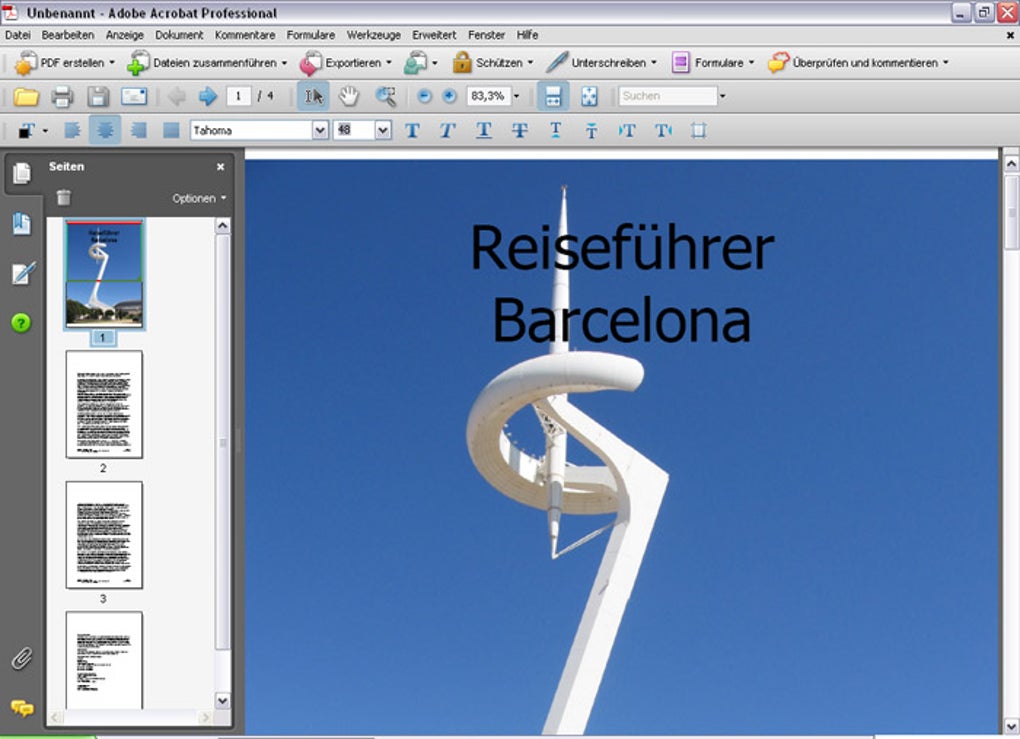
Note that this model can be used to improve the process. The slope, b 1, means that, on average, the shear rate decreases by 37.15 for each additional week of age for the propellant. The best-fit equation and the chart are shown below. The calculations for the best fit equation are given in Part 1 of this series. b 0 is the y-intercept (where the line crosses the y axis). Where Y is the predicted value of y (shear strength) for a given value of X (age of propellant) once b0 and b1 have been determined.

The best fit equation has the following form: The data were used to develop the best fit equation for data. You can download the workbook containing the data and the results from our website ( click here). Someone asked the question, "Is the age of the propellant related to the shear strength?" To answer this question, twenty paired observations of shear strength and age of the propellant were collected. The shear strength of the bond between two types of propellant is important in the manufacturing of a rocket motor. The example we used in Part 1 is from the book Introduction to Linear Regression Analysis (Montgomery, Peck and Vinning, 4th edition, Wiley & Sons, 2006). In this part, we will explore how to determine if the equation is statistically significant. This part is available on our website ( click here to see the first part). In the first part of the series, we saw how to develop the best fit equation for a series of data.

This is one method of decreasing process variation. Linear regression helps us build a model of the process. The major objective is to determine if one variable can be controlled by controlling another variable. Linear regression helps us define this relationship. There is sometimes a straight line relationship between two variables.

We often want to know how the changes in one variable affect another variable. Linear regression can be used to mathematically define the relationship between two variables.

This month is the second part of a series on linear regression.


 0 kommentar(er)
0 kommentar(er)
